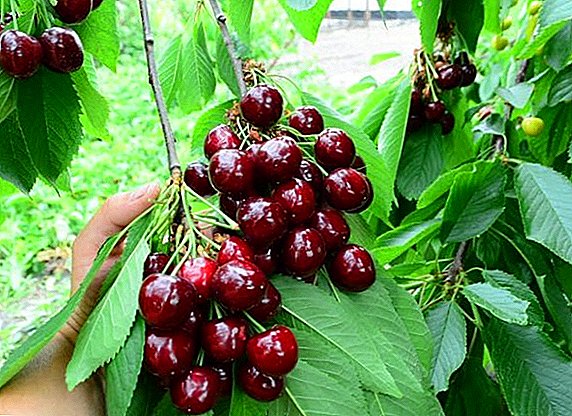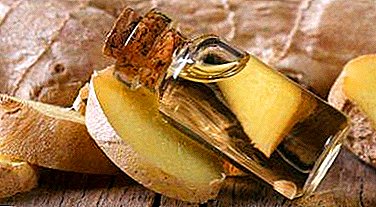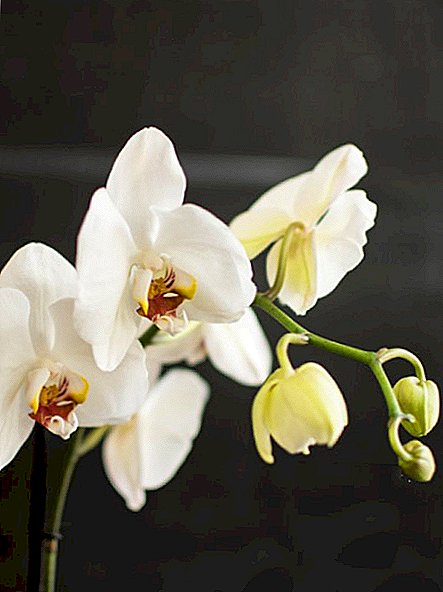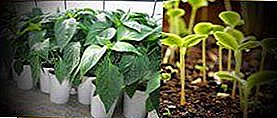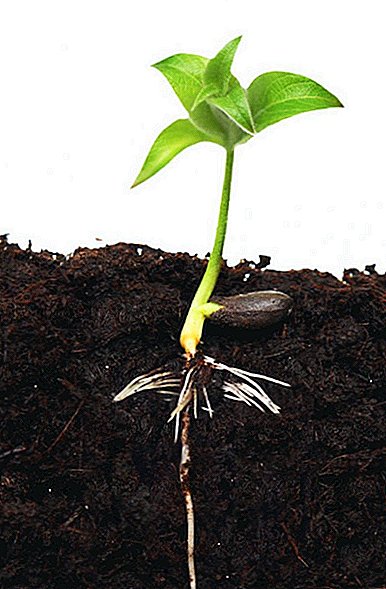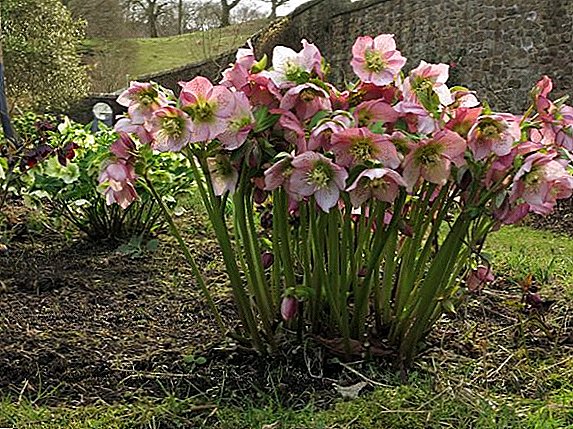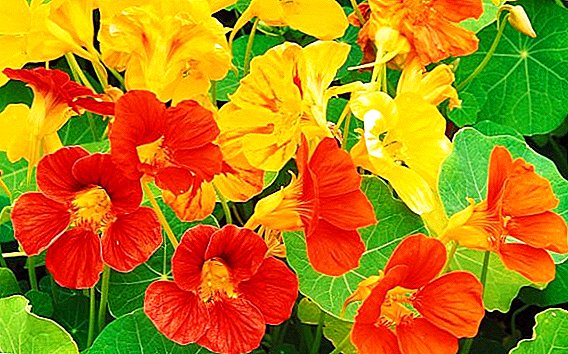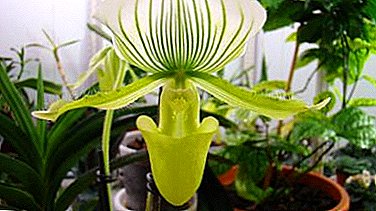
In the title (from the Greek Pafia - one of the names of the goddess Venus and the pedilon - slipper, sandals), reflects the bizarre shape of the lip, resembling a shoe.
The Orchid Bashmachk is a perennial, low-growing plant with a very long germination cycle, since the first years of its life pass underground, and flowering can be observed only in the 18th year.
Plant description
These are terrestrial or semi-epiphypitic. plants with extremely short stem and rosette of double-row linear or oblong leathery leaves. The upper sepals are larger than the others, the two lateral ones grow into one small, directed downward. Petals horizontally or obliquely down. The lips are large, saccular, with two indistinctly expressed, side petals directed upwards. A column with a flattened steminod, the shape of which is often a diagnostic sign of the species.
History of
For the first time this genus of orchids was studied and described by the English botanist John Lindley in 1737.
Currently, the Orchid genus, the Slipper includes more than 70 natural species and 1,500 interspecific hybrids of epiphytic, semi-epiphytic and terrestrial orchids located in Southeast Asia.
The greatest species diversity is represented on the border of South China and North Vietnam. On the territory of Russia, in the Far East, it is very rare to find a slipper orchid in the wild.
Breeders have brought a lot of new flower hybrids orchids slipperthat are grown, which does not cause any problems.
Difference from other species
Shoes, unlike Phalaenopsis, do not all grow epiphytically; they can relate to both lithophytes attached to rocks and rocks, and to those that live on the ground, whose roots are immersed in a thicker layer of forest floor.
Main varieties with photos
Main varieties and types:
Harris

Artificially bred hybrid, which is mainly used for gardening purposes, significantly expands and decorates any area. Because of this, it was called garden orchid. It has an interesting pattern that resembles a grid. The leaves are mostly light green, the flowers themselves may be deep purple and yellow with green veins.
Pafiopedilum darling

Was delivered to our latitude from Thailand, small in size and brightly colored. Flowers are usually small, small specks, but petals are large and wide.
Corny

Variety, which appeared in Europe back in 1885, and the birthplace of orchids is considered to be Vietnam. Flowering mainly refers to the spring period. This variety differs from other rather large flowers. The main color is blue-green.
Fire

The variety that came to Europe from faraway India is distinguished by its small size and vertically extended colors. The flowering period is in spring and summer.
Sukhakula

Homeland varieties considered Thailand. He prefers a tropical climate and is distinguished by rather large flowers that can reach 14 centimeters in diameter.
Rothschild

The orchid was named after Baron Ferdinand de Rothschild, a lover of orchids and patrons of gardening in Borneo.
Bloom
Although the leaves of the "marble" look are beautiful in their own way, but flowering is exactly what orchids are planted on.
What type is it?
Orchid Venerin slipper is divided into:
- Monotonous or standard.
- With a few colors.
- Large-flowered, with a diameter up to 18 cm.
- "Revolver". An interesting type of flowering, when one bud blooms to replace the other on the same trunk. Flowers can be up to three dozen.
Only large, well-developed sockets bloom. Often the appearance of the peduncle is preceded by a shortened "stop list." Although each outlet blooms only once, the Orchid Shoe has bypassed all other orchids for the duration. Each flower lives from a month to four.
Sumatran Paphiopedilum Chamberlainianum pleases the whole two years, opening flowers one by one. Classic flowering dates - from November to March. Colorful bloom in the fall, and their green colleagues - closer to spring. However, the hybrids of the modern generation can bloom literally, when it suits them, and not even once a year.
What if it does not bloom?
 Some manufacturers are seriously thinking about how to make a garden orchid blooming. In a household setting, “drought stimulation” may be a better option. This method is to increase the intervals between irrigation (in dry weather). For example, if pre-irrigation was carried out every 3-4 days, now it should be done with a frequency once every 7-8 days and less often. You also do not need to spray flowers. Return to the previous method of irrigation will be possible with the advent of the flower spike.
Some manufacturers are seriously thinking about how to make a garden orchid blooming. In a household setting, “drought stimulation” may be a better option. This method is to increase the intervals between irrigation (in dry weather). For example, if pre-irrigation was carried out every 3-4 days, now it should be done with a frequency once every 7-8 days and less often. You also do not need to spray flowers. Return to the previous method of irrigation will be possible with the advent of the flower spike.
Home care
Like all orchids, Slipper is a very demanding, capricious plant that requires a lot of attention and care.
Choosing a place
Orchid Slipper is best placed on the windows of the north, east or west. On the south window the flower should be shaded. On the other hand, storing orchids outside the window is also not recommended. In this case, it is necessary to illuminate them from 10 to 12 hours a day artificially.
Important! If the leaves become reddish, the light becomes too intense, the plant should shade.
Soil preparation
You can buy a ready-made substrate or prepare it yourself.
For this you will need:
- 5 pieces of crushed pine bark;
- 1 part charcoal;
- 0.5 parts of dolomite flour and perlite;
- 1 part peat.
If the soil retains moisture well, it is advisable to exclude peat. from such a mixture. Often the substrate is made using pine bark, chopped fern roots, sphagnum and charcoal.
Temperature
 Slipper can refer to both frost-resistant and heat-loving plants, depending on the variety. The heat-loving species is Callus and Suhakula, and the Nice is a cold-resistant variety. All variegated varieties are thermophilic. Also require heat varieties and hybrids with rounded large flowers. For them, the temperature content should be within + 23 + 28 C in the summer and from +18 to + 23 C in the winter.
Slipper can refer to both frost-resistant and heat-loving plants, depending on the variety. The heat-loving species is Callus and Suhakula, and the Nice is a cold-resistant variety. All variegated varieties are thermophilic. Also require heat varieties and hybrids with rounded large flowers. For them, the temperature content should be within + 23 + 28 C in the summer and from +18 to + 23 C in the winter.
Cold-resistant varieties have wide dark leaves and need temperatures around + 18 + 22 ° C in summer and + 16 + 19 ° C in winter. When growing any orchid, remember that the temperature at night should be 3-5 degrees lower than daytime. When the temperature drops to + 4 or below, the plant dies. In summer, the orchid needs regular airing at least once a day, but without drafts.
Humidity
Slipper - a tropical plant. Therefore, humidity is very important for him. It should be at least 70-80%. Spraying the plant is not recommended. To increase the humidity, you can use a special humidifier or place the plant in a small container with wet moss, expanded clay or pebbles.
Lighting
Slipper - a plant quite tolerant of light, but still prefers bright and diffused light without direct sunlight. Daylight should be at least 14 hours a day. The most demanding of these orchids is the lighting during flowering.
Watering
 This is a very moisture-loving orchid that does not tolerate the drying of the substrate. But re-moisten the soil is also not worth it. During the period of active growth, watering should be increased, and after flowering - reduced.
This is a very moisture-loving orchid that does not tolerate the drying of the substrate. But re-moisten the soil is also not worth it. During the period of active growth, watering should be increased, and after flowering - reduced.
It is important to ensure that the substrate is always moderately wet. Irrigation water should be boiled, clean, soft and warm enough (about 30 ° C). Watering the plant at the root is impossible. Water should never fall on the outlet and on the leaves of the plant.
Proper watering is the placement of the container with the substrate in a wide saucepan with water. If the substrate consists of large pieces of bark, then this procedure will take from 30 to 50 minutes. If there are small parts of bark and peat in the ground, then watering is reduced to 10-15 minutes.
Top dressing
You need to feed this orchid regularly, once a month. In the period of flowering and active growth, the frequency of feeding increases up to 2 times per month. Special mineral fertilizers for orchids are suitable for this, but their concentration should be half that recommended.
Slipper often suffers from excess salt in the soil. To at least slightly adjust the balance of salt, you can water the plant once with distilled water. After this, the next watering with ordinary water, you can make fertilizer.
Repotting
Slipper very poorly tolerated transplantation. Therefore, it is necessary to carry out such an operation only if the soil decomposes, but not more often than once every 2-3 years, in spring.
Orchid roots grow horizontally, so the pot for it is very wide and small. Replant the plant after flowering and be very careful not to damage the roots. After transplantation, do not water for 3-4 days.
Consider clearly how to replant Orchid Slipper:
Breeding
Best of all, the flower propagates by splitting the shrub when transplanting. With this separation, it is important that each of the segments have at least three sockets with roots. If you detach one or two nests, they take root for a very long time, they will not bloom soon. After transplantation, young seedlings are not watered for 2 weeks. The temperature should be within + 20 + 22 ° C.
Diseases and pests
 Slipper may be attacked by a spider mite, scythos, mealybug. When small oval insects and scales are found on the leaves, the plant is washed with a hot shower (45 ° C) and wiped with a wet gauze pad. In case of serious damage, you can use insecticides (Fitoverm or Aktofit).
Slipper may be attacked by a spider mite, scythos, mealybug. When small oval insects and scales are found on the leaves, the plant is washed with a hot shower (45 ° C) and wiped with a wet gauze pad. In case of serious damage, you can use insecticides (Fitoverm or Aktofit).
A mealybug, like a spider mite, feeds on orchid juice. To rid the plant of parasites, you can wipe the leaves with alcohol or soapy water. If this does not help, then treat Fitoverm or 0.1% solution of Carbofos.
Often, Slipper can suffer from various fungal and viral diseases. It is important to maintain sterility during transplantation to avoid over-wetting the soil.
Let's hope that the sensitive hands of flower growers will keep these amazing orchids, and our descendants will have the opportunity to admire the unique works of nature.


